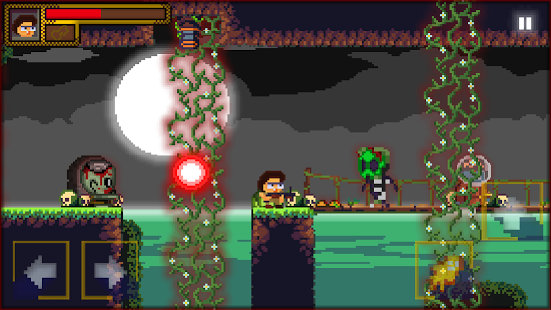

- THE JOURNEY BACK ANDROID FULL VERSION
- THE JOURNEY BACK ANDROID INSTALL
- THE JOURNEY BACK ANDROID ANDROID
Using Activities and Activity Life Cycles.To learn more about the items listed in the image above, here are the links to the relevant docs Get an idea of the items listed, and just start building some apps and keep the items listed in the back of your mind and have a deep dive when using them. Please note that, this is an exhaustive list, and you don't need to know it all from the get-go.
THE JOURNEY BACK ANDROID ANDROID
Here is the list of items that you are going to need when developing Android applications.

Feel free to google and find something else that you find easier. Here are some of the resources to get you started. There are multiple Version Control Systems available but Git is the most common one these days. Version control systems record your changes to the codebase and allow you to recall specific versions later.

Also, you don't need to go through all of them, just go through them and pick what you like. If you have some better ones, please do suggest. We have also listed down some free resources which you can use for the items listed in the image above.
THE JOURNEY BACK ANDROID INSTALL
Install the Android Studio and learn the basics of Kotlin to get started. If you were to start learning android development today, Kotlin should be your language of choice. Pick a Languageįor the languages, you can develop android apps either by using Kotlin or Java.Īlthough, you can use both Kotlin and Java to develop native android apps, Google announced in 2019 to make Kotlin the preferred way of developing android applications.
THE JOURNEY BACK ANDROID FULL VERSION
Here is the full version of the roadmap in a single image and after that we have the broken down version with the resources and links to learn more about each of the boxes.īelow is the broken down version of the roadmap with links and resources to learn more about each of the items listed in the complete roadmap above. This roadmap is focused on the native Android apps development but if you are interested in learning any hybrid framework, my personal preference is react-native and I would recommend you to checkout the Frontend Developer Roadmap. Answering the question of hybrid vs native is out of the scope of this roadmap. Flutter uses Dart, whereas React Native and Native Script rely on JavaScript. There are multiple ways to develop applications for the android you can go down the path of hybrid application development where flutter, react-native, or NativeScript are the most common contenders. Having said that, we would love to hear your opinions and incorporate them in the roadmap if suitable. Before we start, please note that the roadmap is opinionated, and you might have different opinions than those of the author. The intent of this guide is to give you an idea about the Android development landscape and to help guide your learning if you are confused.


 0 kommentar(er)
0 kommentar(er)
